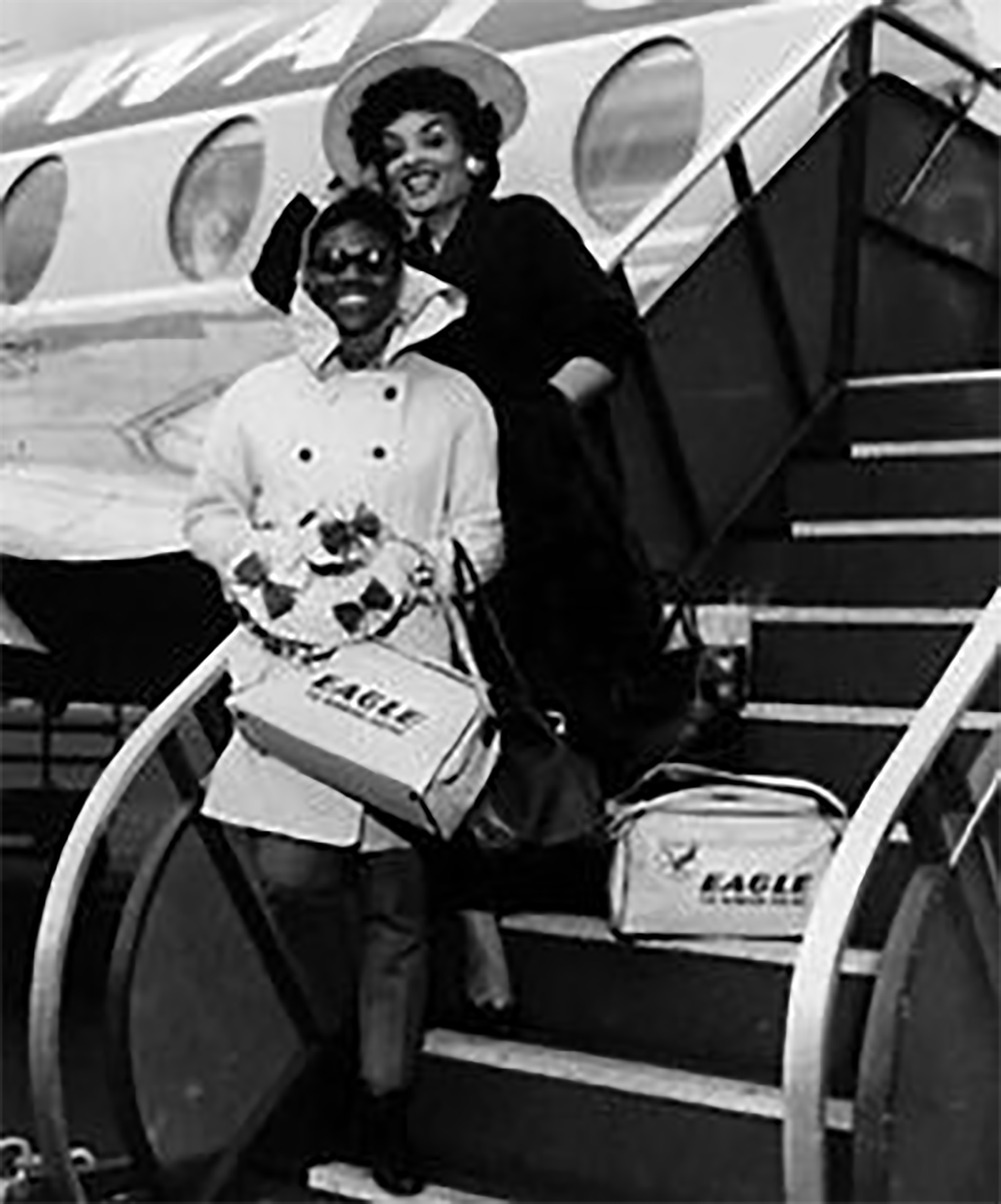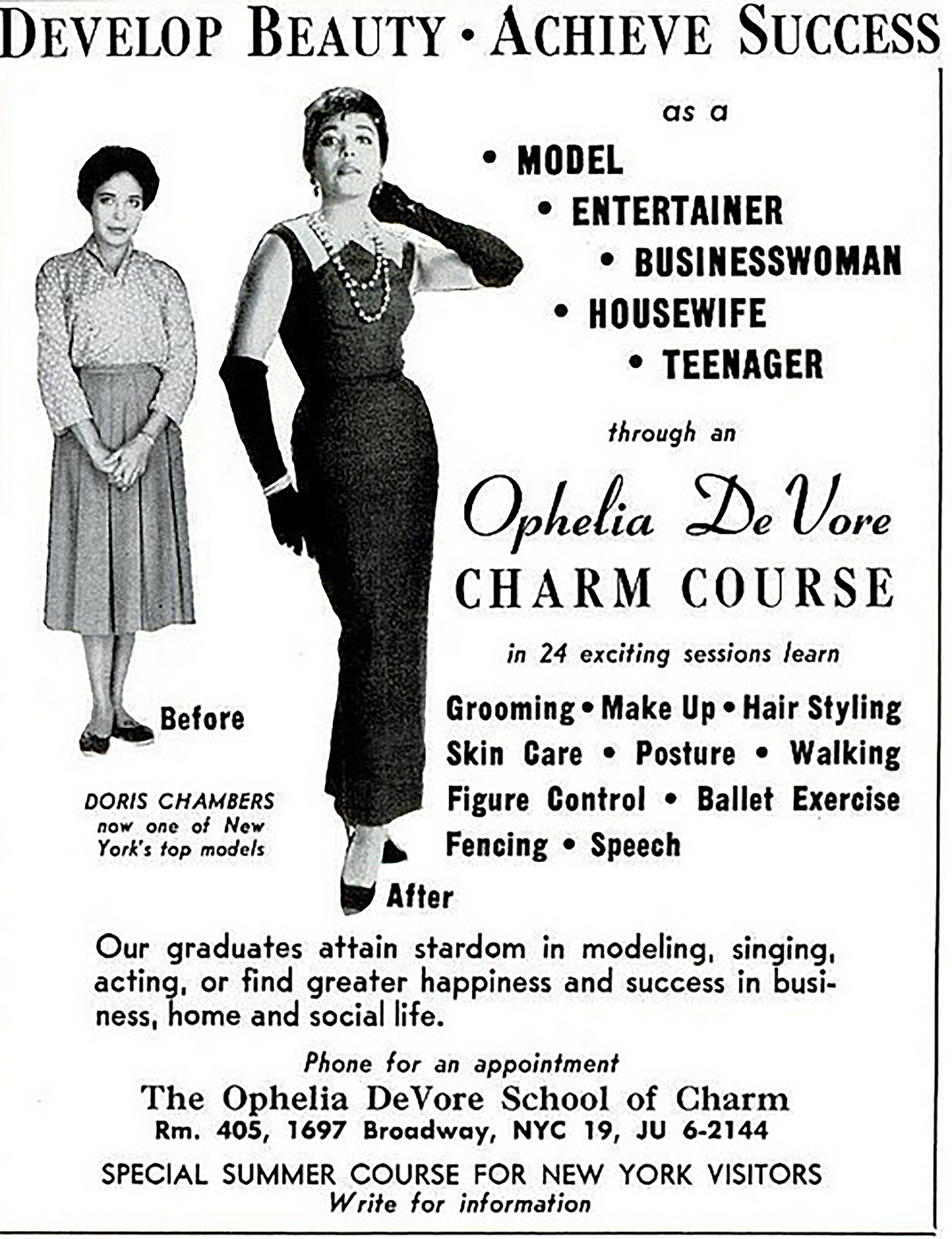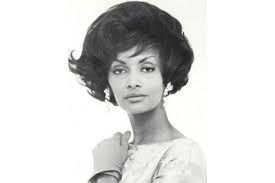|
Getting your Trinity Audio player ready...
|
Photo credit: New Pittsburgh Courier online
“I wanted America to know that beauty isn’t just white, it’s all colors. I wanted to change the way people of color were seen across the United States”
” OPHELIA DEVORE, THE GRIO
Ophelia DeVore was one of the first black models in the United States. She also made history by becoming the brainchild behind one of the first modeling agencies, Grace Del Marco, in 1946; the same year Ford Modeling opened its doors. Grace Del Marco was unlike Ford Modeling. Ophelia helped change the face of the fashion and beauty industry by representing black women during a time when it was almost impossible to have black women in the media.
Introduction
Ophelia DeVore was one of the first black models in the United States. She also made history by becoming the brainchild behind one of the first modeling agencies, Grace Del Marco, in 1946; the same year Ford Modeling opened their doors. Grace Del Marco was unlike Ford Modeling, Ophelia helped to change the face of the fashion and beauty industry by representing black women during a time it was almost impossible to have black women in the media.
DeVore was born Emma Ophelia DeVore on August 12, 1922, in Edgefield, South Carolina. She was biracial. Her father was white (German and French descent) and her mother was black and Native American (Cherokee). Her father mentored her in communicating well with people, as her mother stressed proper education, appearance, and etiquette. Devore attended segregated schools until she was nine years old, but in 1933, her parents sent her to New York City to live with her Great-Aunt Stella in order to complete her education. She graduated from Hunter College High School and later graduated from New York University where she studied mathematics and languages, including French, Latin, and German.
Ophelia DeVore and her modeling career
In 1938, friends and family encouraged DeVore to go into the modeling industry after seeing photographs of her. She began modeling for small hair care jobs because these were the only ones offered to Black models then. Her mission as a model was to change the stereotype of how blacks were depicted in the print media. At age 16, she attended the Vogue School of Modeling in New York, so she could get more formal training in modeling. There, she took classes in modeling and charm, but the school was unaware that she was Black. They did not serve Black clientele then. According to an interview with Vision Project in 2010, DeVore said she overheard a representative at Vogue School of Modeling saying to a colleague “What are we going to do with them,” speaking of an applicant with café au lait skin, as she called it? She then realized they didn’t know that she was Black, but DeVore didn’t feel the need to broadcast her race to the school’s administrators because she knew the outcome. After completing modeling school, she began modeling continuously for the new Black magazine, Ebony, founded in 1945.
 Cicely Tyson and modeling pioneer Ophelia DeVore disembarking from an airplane, probably in the early 1960s. Photo credit: Black Girl Long Hair
Cicely Tyson and modeling pioneer Ophelia DeVore disembarking from an airplane, probably in the early 1960s. Photo credit: Black Girl Long Hair
Grace Del Marco Modeling Agency
In 1946, DeVore and four friends began the Grace Del Marco Modeling Agency. According to Ebony magazine, the name came from “Grace,” signaling elegance and style, “Marco” was an acronym formed by the names of its founders: “M” from Marie Mayo, “A” from Albert Murphy, “R” from Rupert Callendar, “C” from Charles Mayo and “O” from Ophelia DeVore, and “Del” is from the Spanish word for by. Racism was rampant in New York’s fashion business, and the Grace Del Marco Agency was one of the few places non-White models could receive work. 1948, the agency opened the Ophelia DeVore School of Charm (Self-Development & Modeling). This is where black people would learn etiquette, poise and posture, speech and ballet, and self-presentation. “Charm School offered a counterweight to the tradition of internalized self-hatred that was many black Americans’ legacy.” (NYTimes). Initially located in Queens, the school ultimately moved to the Empire State Building.
 Photo Credit: Black and Beautiful
Photo Credit: Black and Beautiful
DeVore paved the way for black models like Diahann Carroll and Helen Williams, in which she produced a mega promotional campaign for the Johnson & Johnson corporation that launched the career of supermodel Williams, one of the first African-American fashion models to break into the mainstream. She also represented the legendary actress Cicely Tyson and Gail Fisher. She won two Golden Globe Awards and an Emmy Award. Along with others, Richard Roundtree is known as “the first black action hero.” In addition, she worked with TV reporters such as Trudy Haynes, who was one of the first black female TV reporters. Her shows for the agency took place in churches, college campuses, and the ballrooms of the Diplomat and Waldorf-Astoria hotels.
Making History
According to the National Visionary Leadership Project, DeVore-Mitchell and her models made history in 1955 as hosts of ABC’s weekly television show “Spotlight on Harlem,” the first television show in New York produced by and for African-Americans. She also produced several television shows, including “Ophelia DeVore Show.” In 1960, two of her clients, Cecilia Cooper and LaJeune Hundley, were the first Black or White Americans to win titles at the Cannes Film Festival. Grace Del Marco has later renamed Ophelia DeVore Associates and then the Ophelia DeVore Organization.
She once sued Life Magazine after it published a story in 1969 on Black models for which DeVore was interviewed. The article ended up leaving her interview but cited White-owned agencies instead. In 1971, DeVore and her models took to the streets of New York to protest “Racial Journalism” against Life Magazine and their parent company Time, Inc. It angered DeVore that Black models were being kept from being used, and her passion for supporting the growth of the Black business was a priority for her. DeVore took her case to the New York Supreme Court and said, “if the case is thrown out of the courts, we’ll take it to the streets.” (Jet Mag).
Devore also created a makeup line for women of color and developed and produced the first beauty pageant for black women here in the U.S. She was the owner and publisher of The Columbus Times, based in Columbus, GA., and a founder of The Black Press Archives at Howard University, a repository for Black newspapers. She has received over 200 awards and was honored by being named one of the 75 Black women who, in 1989, have positively affected and changed the world as part of the famed “I Dream A World Series.”
In 1941, she married a firefighter Harold Carter with whom she had five children. They divorced, and in 1968 she married Vernon Mitchell.
DeVore’s Philosophy
Through all of her enterprises, she was communicating that African-Americans need to see themselves as a people of authority and confidence, says Randall K. Burkett, curator of African American Collections at Emory University’s Manuscript, Archives and Rare Book Library.
 killingtime2.tumblr.com
killingtime2.tumblr.com
[youtube=://www.youtube.com/watch?v=Q91FtJ0IAtM&w=640&h=480]
Work Cited
“Black History Month: Fashion and Beauty Pioneer Ophelia DeVore.†50BOLD, 1 Mar. 2019, 50bold.com/black-history-month-fashion-and-beauty-pioneer-ophelia-devore/.
Gainer, ByNichelle. “Ophelia DeVore: Bold Beauty and Brains.†EBONY, 4 Aug. 2016, www.ebony.com/style/ophelia-devore-bold-beauty-and-brains/.
Gierer, Larry. “Ophelia DeVore-Mitchell, Pioneering Model, Dies at 93.†Ledger, Columbus Ledger-Enquirer, 3 Mar. 2014, www.ledger-enquirer.com/news/local/article29322991.html.
Manney, Whitney. “#MyHistory: Ophelia DeVore.†WHITNEYMANNEY, WHITNEYMANNEY, 26 Feb. 2018, www.whitneymanney.com/new-blog/myhistory-ophelia-devore.
“Ophelia DeVore Biography @ Reality TV World.†Reality TV World, www.realitytvworld.com/pophollywood/ophelia-devore/biography/.
“Ophelia DeVore.†Wikipedia, Wikimedia Foundation, 11 Jan. 2019, en.wikipedia.org/wiki/Ophelia_DeVore.
Visit our website. – tellersuntold


